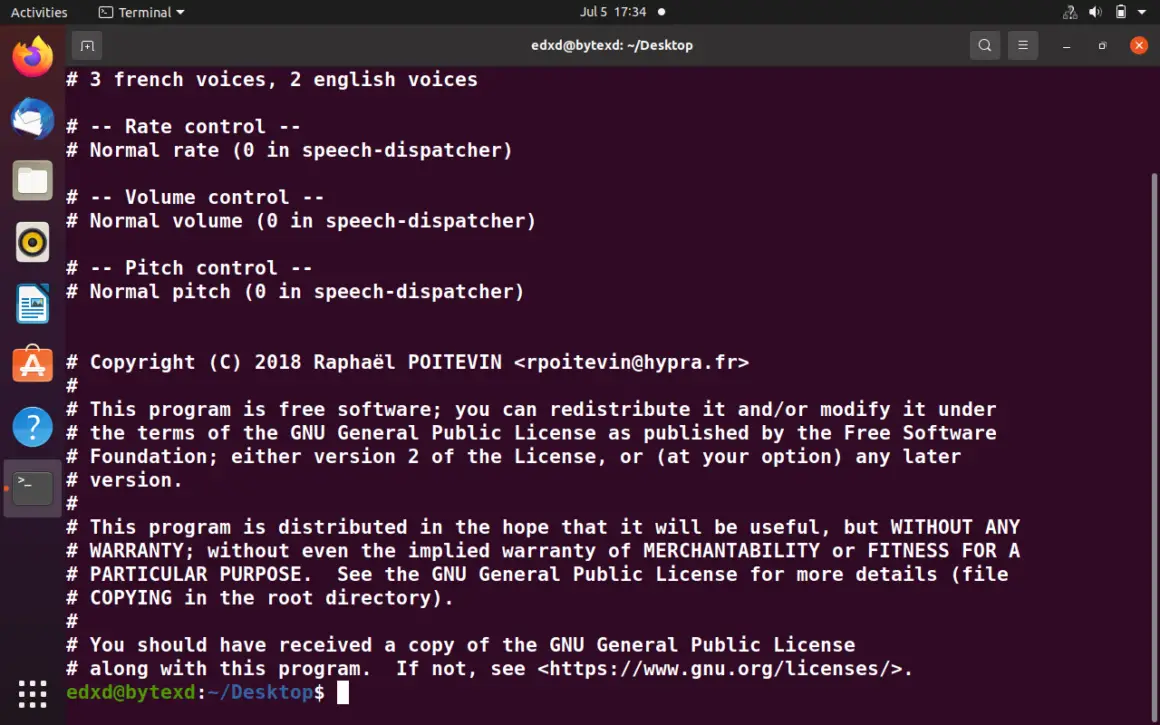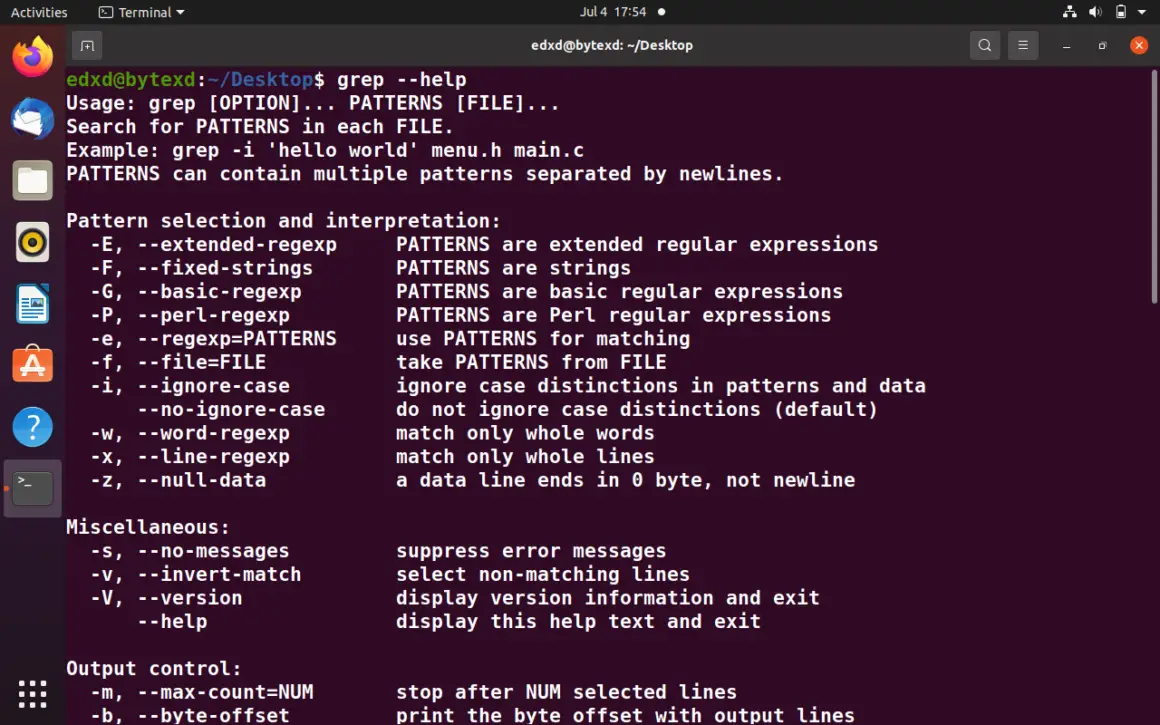

The reason for this is explained by 8jean in another answer. Take particular note of the double-quotes used to wrap the variables.

# Symbolic link specific commands go here. So symbolic links may have to be treated differently, if subsequent commands expect directories: if then
catWill produce the error message: rmdir: failed to remove `symlink': Not a directory you can use the following command to save the lines, excluding empty lines and lines starting with in a new file. running this: ln -s "$ACTUAL_DIR" "$SYMLINK" However, as Jon Ericson points out, subsequent commands may not work as intended if you do not take into account that a symbolic link to a directory will also pass this check.Į.g. # Control will enter here if $DIRECTORY doesn't exist. Or to check if a directory doesn't exist: if then # Control will enter here if $DIRECTORY exists. n : Display the matched lines and their line numbers. i : Ignores, case for matching -l : Displays list of a filenames only. To check if a directory exists in a shell script, you can use the following: if then grep options pattern files Options Description -c : This prints only a count of the lines that match a pattern -h : Display the matched lines, but do not display the filenames. You can then access the exitstatus and pid properties: $?.exitstatus
If the delimiter is one of the characters (, [. I want to execute cat on a file then search for the number of times a string is present in this file using grep My current code: includestandard output) of the shell command.įollowing the x character is a delimiter, which can be any character. This is like many other languages, including Bash, PHP, and Perl. Kernel#`, commonly called backticks – `cmd` Here are ways to execute a shell script: cmd = "echo 'hi'" # Sample string that can be used Some Bash syntax is not supported by /bin/sh on all systems.
Cat and grep command in linux update#
If you want to improve the script, feel free to update it at the link.įirst, note that when Ruby calls out to a shell, it typically calls /bin/sh, not Bash. In case of any ©Copyright or missing credits issue please check CopyRights page for faster resolutions.This explanation is based on a commented Ruby script from a friend of mine. By piping the second grep, along with any number of piped grep commands, you create a very refined search: cat filename | grep regexp | grep regexp2 We are now familiar with the cat filename | grep regexp com- mand and what it does. grep, originally developed for Unix-based systems, is one of the most widely used command-line utility in Linux boxes. If an adminis- trator was interested in just the files edited by “Smith”, he would type the following: cat editinginfo | grep SmithĪn administrator may wish to match multiple patterns, which can be accomplished by “chaining” grep commands together. Process a binary file as if it were text this is equivalent to the -binary-filestext option. Places a line containing - between contiguous groups of matches. In the following example, the text file editinginfo contains a date, a username, and the file that was edited by that user on the given date. Print NUM lines of trailing context after matching lines.

In these cases, piping the output to the more or less commands will “paginate” it so that only one screen of text is shown at a time: grep regexp filename | moreĪnother option to make the output easier to look at is to redi- rect the results into a new file and then open the output file in a text editor at a later time: grep regexp filename > newfilenameĪlso, it may be advantageous to look for lines that contain sev- eral patterns instead of just one. This is usually the case with large files that tend to have repetitious phrases, such as an error log. To exit, press Ctrl-D.Īt times, the output is remarkably large and hard to scroll through in a terminal. When grep is called without a filename argument and without being passed any input, it will let you type in text and will re- peat it once it gets a line that contains the regexp. The two commands just shown have identical results because the cat command simply passes the file un- changed, but the second form is valuable for “grepping” other commands that alter their input. The output of this command is “piped” into the grep com- mand, which will then display only those lines that contain the given regexp.

In this case, the cat command will display the contents of a file. You can also write an awk program using an editor, and then save it as a special scripting file, e.g. The second method of employing grep is when it examines “standard input.” For example: cat filename | grep regexp Grep searches for the designated regexp in the given file (filename). Here is the syntax using git grep combining multiple patterns using Boolean expressions: git grep -no-index -e pattern1 -and -e pattern2 -and -e pattern3. The first examines files as follows: grep regexp filename


 0 kommentar(er)
0 kommentar(er)
